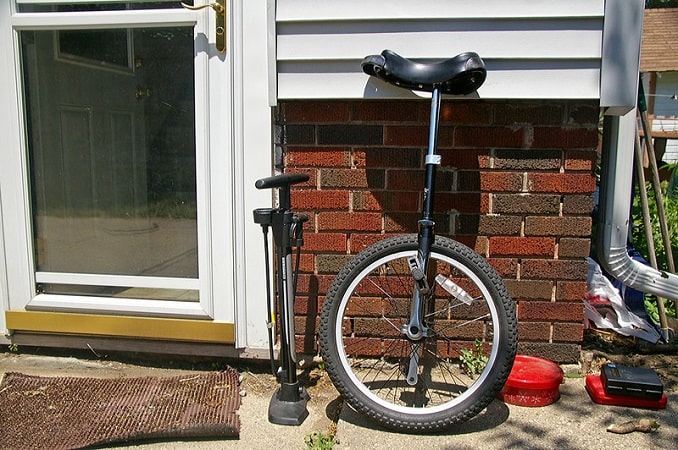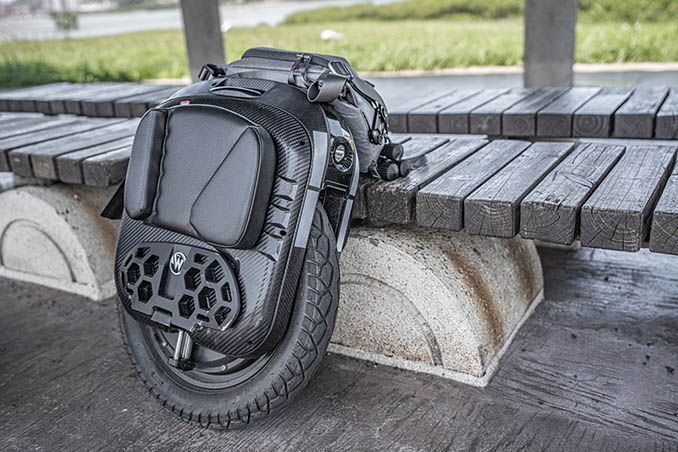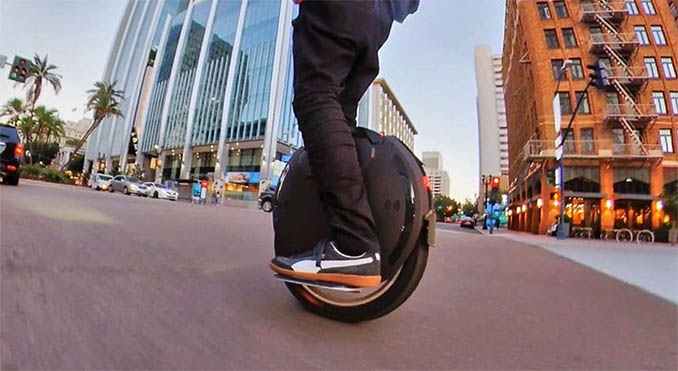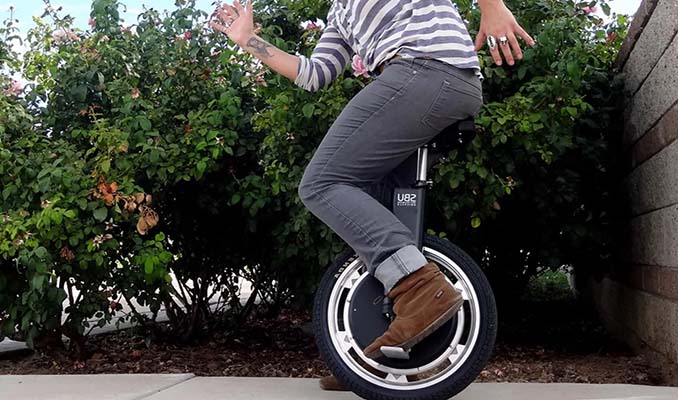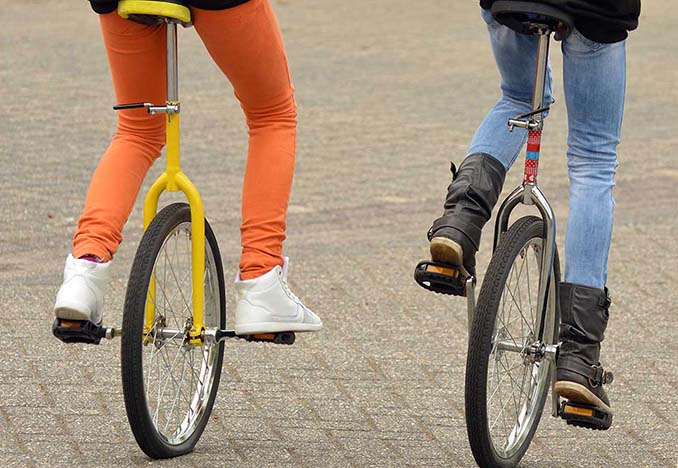As a unicyclist, I often get asked if unicycles have brakes. It’s a common question since most people are accustomed to seeing bicycles with brakes.
Unicycles, on the other hand, are not as common and are often associated with circus performances. But unicycles are not just a circus act; they are a fun and challenging way to get around.
In this article, I’ll explore the safety features of unicycles, including whether or not they have brakes.
The Unique Features of Unicycles
Unicycles are a unique mode of transportation that requires a lot of skill and balance. Unlike bicycles, unicycles have only one wheel, making them more challenging to ride.
Unicycles come in different sizes and styles, but they all have the same basic components: a wheel, pedals, and a seat. The pedals are attached to the wheel, and the rider uses their feet to propel the unicycle forward. The seat is positioned above the wheel, and the rider balances on top of it.
Do Unicycles Have Brakes? Exploring the Safety Features of Unicycles
The short answer is that not all unicycles have brakes. In fact, most unicycles do not have brakes. The reason for this is that unicycles are designed to be controlled by the rider’s balance and pedal speed. Brakes are not necessary for most unicycle riding, as the rider can simply slow down or stop by slowing their pedal speed or stepping off the unicycle.
However, some unicycles do come with brakes, particularly those designed for off-road or mountain unicycling. These unicycles have more robust frames and are designed to handle rough terrain, which can require more precise control.
The brakes on these unicycles are typically similar to those on a bicycle, with a lever attached to the handlebar that activates the brake pads.
Related:
Why Some Unicycles Have Brakes and Others Don’t
As mentioned earlier, unicycles designed for off-road or mountain unicycling often come with brakes.
These unicycles are designed to handle steep hills and rough terrain, which can be difficult to navigate without proper control.
The brakes on these unicycles give the rider more control and allow for a safer and more enjoyable ride.
On the other hand, standard unicycles that are designed for street or freestyle riding typically do not have brakes.
These unicycles are designed to be controlled by the rider’s balance and pedal speed. For most riders, brakes are not necessary, and adding them would only add weight and complexity to the unicycle.
Types of Unicycle Brakes and Their Pros and Cons
If you’re considering getting a unicycle with brakes, it’s important to know the different types of brakes available and their pros and cons. The two most common types of unicycle brakes are rim brakes and disc brakes.
Rim brakes are the most common type of brake found on unicycles. They consist of a rubber pad that is pressed against the rim of the wheel to slow it down.
Rim brakes are lightweight and easy to maintain, but they can wear down the rim over time and are not as effective in wet or muddy conditions.
Disc brakes, on the other hand, are more powerful and work well in wet or muddy conditions. They consist of a metal rotor attached to the wheel and a caliper that presses brake pads against the rotor to slow it down.
Disc brakes are more expensive and require more maintenance than rim brakes, but they provide better control in challenging conditions.
The Importance of Safety Gear When Riding a Unicycle
Whether your unicycle has brakes or not, safety gear is essential when riding a unicycle. The most important piece of safety gear is a helmet. A high-quality helmet can protect your head in the event of a fall or collision.
Other important safety gear for unicycling includes knee and elbow pads, wrist guards, and gloves. These items can protect your joints and hands in the event of a fall.
It’s also important to wear bright or reflective clothing when riding a unicycle, especially if you’re riding at night. This can help you be seen by motorists and other pedestrians.
Tips for Safe Riding on a Unicycle
In addition to wearing safety gear, there are a few other tips that can help you ride your unicycle safely. First, make sure you’re riding in a safe area with minimal traffic and obstacles. Avoid steep hills or rough terrain until you have gained enough experience and skill.
Second, practice mounting and dismounting your unicycle in a safe area. This will help you avoid falls and injuries. Third, always be aware of your surroundings and keep an eye out for potential hazards.
Finally, take your time and don’t rush. Unicycling takes practice and patience, and it’s important to take things slow until you feel comfortable and confident on your unicycle.
The Benefits of Riding a Unicycle
Despite the challenges and risks of unicycling, there are many benefits to riding a unicycle. Unicycling is a great form of exercise that can help improve your balance, coordination, and core strength. It’s also a fun and unique way to get around and can be a great conversation starter.
Unicycling can also be a competitive sport, with events such as unicycle hockey and unicycle basketball. These sports require skill and teamwork and can be a great way to meet new people and make friends.
Conclusion: Unicycles May Not Have Brakes, but Proper Safety Measures Can Ensure a Safe Ride
In conclusion, unicycles do not necessarily have brakes, but some unicycles designed for off-road or mountain unicycling may come with brakes. Safety gear is essential when riding a unicycle, regardless of whether or not it has brakes.
By wearing a helmet and other protective gear, riding in a safe area, and taking your time, you can ensure a safe and enjoyable ride on your unicycle.
Despite the challenges and risks of unicycling, there are many benefits to riding a unicycle. It’s a great way to get exercise and improve your balance and coordination and can be a fun and unique way to get around. So, if you’re up for a challenge, consider giving unicycling a try!




















